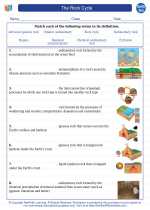Antihistamines: Explanation and Study Guide
Explanation
Antihistamines are a class of medications that work to counteract the effects of histamine, a compound released by the body during an allergic reaction. Histamine is responsible for causing symptoms such as itching, sneezing, runny nose, and watery eyes. Antihistamines block the action of histamine, thereby reducing or preventing these allergy symptoms.
Mechanism of Action
Antihistamines work by binding to histamine receptors, specifically the H1 receptors, which are found on various cells throughout the body. By blocking these receptors, antihistamines prevent histamine from binding to them and triggering the allergic response. This helps to alleviate symptoms such as itching, nasal congestion, and hives.
Types of Antihistamines
There are two main types of antihistamines: first-generation and second-generation. First-generation antihistamines, such as diphenhydramine and chlorpheniramine, tend to cause drowsiness and are often used for their sedative effects as well as their antihistaminic properties. Second-generation antihistamines, such as loratadine and cetirizine, are less sedating and are preferred for daytime use.
Study Guide
Key Concepts
- Definition of antihistamines
- Mechanism of action of antihistamines
- Differences between first-generation and second-generation antihistamines
Important Points to Remember
- Antihistamines block the action of histamine, reducing allergy symptoms.
- First-generation antihistamines may cause drowsiness, while second-generation antihistamines are less sedating.
- Antihistamines are commonly used to treat allergies, hay fever, and hives.
Study Tips
.◂Earth Science Worksheets and Study Guides High School. The Rock Cycle
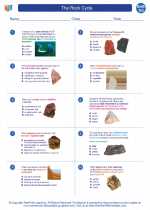
 Worksheet/Answer key
Worksheet/Answer key
 Worksheet/Answer key
Worksheet/Answer key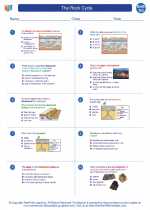
 Worksheet/Answer key
Worksheet/Answer key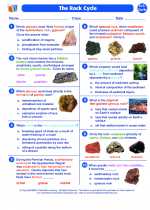
 Vocabulary/Answer key
Vocabulary/Answer key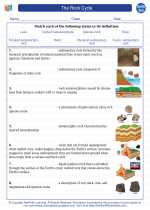
 Vocabulary/Answer key
Vocabulary/Answer key
 Vocabulary/Answer key
Vocabulary/Answer key